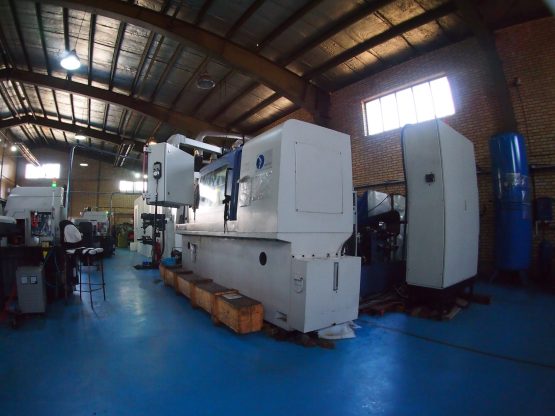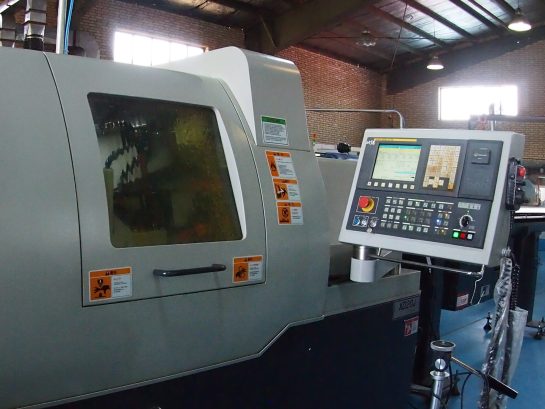تحقیق و توسعه
بررسی علل شکست پیچ ها و پلاک های تثبیت استخوان از جنس فولاد زنگ نزن
چکیده دانلود فایل چکیدهپلاک¬های تخت ارتوپدی و پیچ¬های اتصال آن¬ها، ساخته شده از فولاد زنگ¬نزن آستنیتی 316L از جمله قطعات پزشکی هستند که جهت تثبیت استخوان¬های شکسته شده در بدن بیماران استفاده می¬شوند. شکست پلاک¬ها و پیچ¬های مذکور در بدن سبب ایجاد عوارض جدی مانند نیاز به جراحی مجدد، پیچیدگی و طولانی شدن دوره درمان بیماران می¬شود. در این تحقیق تعداد چهل پیچ و دوازده پلاک ارتوپدی شکسته شده که طی عمل جراحی مجدد از بدن بیماران بازیابی شده اند، مورد بررسی¬های لازم جهت تعیین علل شکست قرار گرفتند. روش¬های مختلف مورد استفاده در این تحقیق شامل آنالیز شیمیایی، متالوگرافی، سختی سنجی، شکست¬نگاری با استفاده از میکروسکوپ الکترونی روبشی(SEM) و شبیه¬سازی نیروهای مکانیکی وارد بر پلاک توسط نرم افزار ABAQUS می¬باشد. براساس شواهد شکست¬نگاری مانند تشکیل خطوط ساحلی و خطوط مواج، عامل اصلی شکست، فعال شدن مکانیزم شکست خستگی تحت تأثیر بارهای سیکلی وارده بر پلاک-ها و پیچ¬ها در طی حرکت بیماران شناخته شد. همچنین بارهای مکانیکی وارد بر روی پلاک¬ها در دو مدل شبیه¬سازی شد. در مدل اول پلاک تحت خمش چهار نقطه¬ای قرار گرفت و در مدل دوم بارگذاری پلاک در شرایط مشابه بارگذاری آن در بدن بررسی شد. در مدل اول تأثیر نیروهای خمشی بررسی شد و در مدل دوم شرایط بارگذاری به¬گونه¬ای است که گویی پلاک در داخل بدن قرار گرفته و بارهای وارد بر استخوان توسط پیچ¬ها به پلاک منتقل می¬شوند. سوراخ¬های تعبیه شده در پلاک¬ها جهت قرار دادن پیچ و اتصال قطعه به استخوان به عنوان محل¬های اصلی تمرکز تنش و جوانه¬زنی ترک¬های خستگی شناسایی شدند. پیچ های مورد بررسی در این تحقیق نیز علایم شکست خستگی را در سطوح شکست خستگی نشان دادند و در بعضی موارد مشاهده شد شکست نهایی در اثر اعمال بار ناگهانی اتفاق افتاده است. باتوجه به این که تا ترمیم کامل استخوان بارهای اعمال شده عمدتاً از طریق پلاک منتقل می¬شوند، محدودیت حرکت بیمار تا ترمیم کامل استخوان به منظور جلوگیری از فعال شدن مکانیزم خستگی در پلاک¬ها ضرورت دارد. واژههای کلیدی: شکست خستگی، پلاک¬های ارتوپدی، فولاد زنگ نزن، پیچ های ارتوپدی.

AbstractIn this thesis, premature fracture of three screws and twelve internal fixation plates that failed inside the thigh of two separate patients is investigated. Compression plates and screws made of 316L austenitic stainless steel are widely used as internal fixation and repair of femoral fractures in orthopedic surgery. Fracture of such plates can have serious consequences such as the need for repeated surgery, extra unwanted complications and extension of the healing period. In addition to selecting the proper plate for fixation, the fixation technique has significant influence on the forces applied to the plate and affects the healing process. The failure investigations mainly included chemical analysis, metallography, hardness test, as well as macroscopic and microscopic fractographic observations using stereomicroscope and scanning electron microscope (SEM), respectively. Development of stress concentration regions resulted from applied loads is simulated using a Finite Element Method Software (FEM), ABAQUS/CAE. Simulations are carried out under two different conditions corresponding 4-point bending test and real loading situation in the body. Results obtained from both modelling and fractographic studies show that fatigue fracture is responsible for the failure of these internal fixation devices. Fatigue crack initiation was found to take place close to the two middle holes of the plate at relatively sharp corners, which are the most effective parts, acting as stress raisers on the reduced cross sections as revealed in FEA. Since prior to healing, the loads are mostly transferred through the plates, proper post-operative immobilization can be effective in preventing fatigue failure of the plates and screws. Keywords: 316L stainless steel, Fracture fixation plate, Fatigue, Fractography, Four-point bending test, Finite element analysis.

